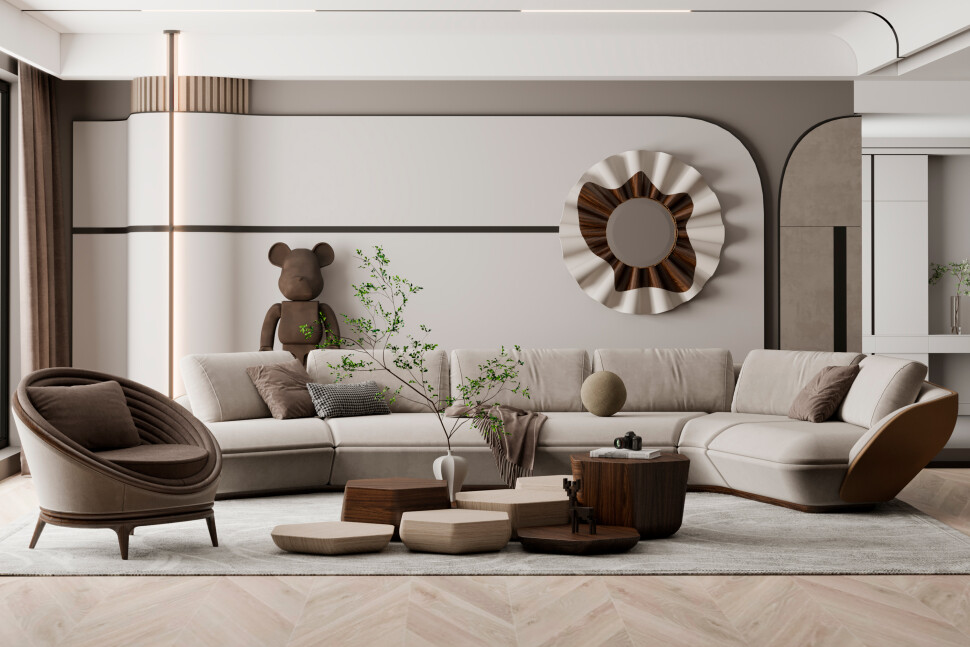In today’s economic climate, finding Affordable Housing Plans that do not compromise on quality is a priority for many prospective homeowners. The dream of owning a home that is both cost-effective and well-designed is not only achievable but also practical with the right approach. This article delves into various strategies and considerations for achieving high-quality living spaces on a budget, guiding you through the labyrinth of housing options available in the current market.
Understanding the Concept of Affordable Housing
The term “affordable housing plans” often conjures images of subpar construction and uninspired designs. However, this stereotype is far from the reality of what affordable housing can offer. Modern affordable housing initiatives are designed to provide durable, aesthetically pleasing, and functional homes without the hefty price tag. The key is to balance cost-saving measures with smart design choices and efficient building practices.
Strategic Planning for Cost-Effective Housing
One of the first steps in creating a budget-friendly home is strategic planning. This involves meticulous budgeting and understanding where to allocate funds to maximize value. Opting for a smaller footprint can significantly reduce costs without sacrificing comfort. Compact homes with open floor plans can create a sense of spaciousness while minimizing construction expenses.
Energy efficiency is another critical factor. Investing in energy-efficient appliances, windows, and insulation might have higher upfront costs but will result in substantial savings over time. These elements not only reduce utility bills but also increase the home’s overall value and sustainability.
Choosing the Right Materials and Methods
The choice of building materials can dramatically impact both the cost and quality of a home. Additionally, considering alternative building methods, such as prefabricated or modular homes, can lead to significant savings. These methods streamline the construction process, reduce labor costs, and often incorporate high-quality materials and craftsmanship.
Innovative Design Solutions
Designing a home that is both affordable and of high quality requires creativity and innovation. Multi-purpose spaces and furniture can maximize utility without the need for additional rooms. For instance, a living area that doubles as a guest room or a kitchen island that serves as both a dining table and workspace can save space and money.
Incorporating natural light through strategic window placement can enhance the ambiance of a home and reduce the need for artificial lighting. Moreover, choosing durable, low-maintenance materials for floors, countertops, and exteriors ensures longevity and reduces future repair costs.
The Role of Government and Community Programs
Government and community programs play a crucial role in making affordable housing accessible. Many regions offer grants, low-interest loans, and tax incentives to encourage the development of budget-friendly housing. Familiarizing yourself with these programs can provide financial assistance and make the dream of homeownership more attainable.
Non-profit organizations and community land trusts also contribute significantly to affordable housing initiatives. These entities often collaborate with builders and local governments to develop housing projects that are both affordable and high-quality, ensuring that they meet the needs of diverse communities.
Real-Life Examples of Affordable Housing Success
Numerous successful affordable housing projects around the world serve as inspiring examples of what can be achieved with thoughtful planning and design. For instance, the award-winning Bo01 in Malmö, Sweden, showcases sustainable, affordable housing that integrates seamlessly with urban living. Similarly, the Via Verde project in New York City combines green building techniques with community-focused amenities, demonstrating that affordability and quality are not mutually exclusive.
Future Trends in Affordable Housing
The future of affordable housing is promising, with ongoing innovations aimed at reducing costs while enhancing quality. Advances in technology, such as 3D printing for construction, are poised to revolutionize the industry by lowering material and labor costs. Additionally, the rise of co-housing and shared living spaces reflects a shift towards more communal and cost-effective living arrangements.
As the demand for affordable housing plans continues to grow, the industry must adapt and evolve. Embracing new technologies, sustainable practices, and creative design solutions will be essential in meeting the needs of future homeowners.







More Stories
Home Construction Cost Estimator: Calculate Before You Build
Villa Housing Plans Perfect for Modern Getaways
Compact Housing Designs That Make Every Space Count